Xrs PortalAuthor
Comparing brain volume before and after individuals were exposed to SARS-CoV-2, this study documents significant cortical gray matter loss, equivalent to nearly 10 years of aging.

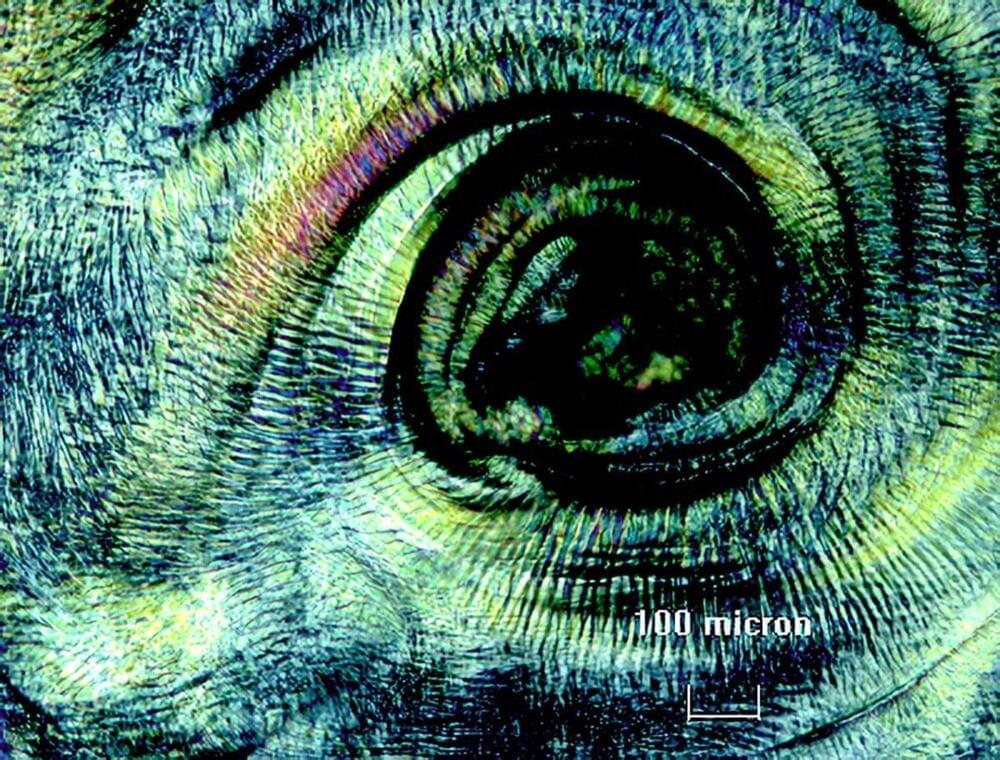
Nature may abhor a vacuum, but it sure loves structure. Complex, self-organized assemblies are found throughout the natural world, from double-helix DNA molecules to the photonic crystals that make butterfly wings so colorful and iridescent.
A Cornell-led project has created synthetic nanoclusters that can mimic this hierarchical self-assembly all the way from the nanometer to the centimeter scale, spanning seven orders of magnitude. The resulting synthetic thin films have the potential to serve as a model system for exploring biomimetic hierarchical systems and future advanced functions.
This image shows synthetic nanoparticles as they self-organize into filaments, then twist into cables, then bundle together into highly ordered bands, ultimately resulting in a thin film that is patterned at centimeter scales. (Image courtesy of the researchers)
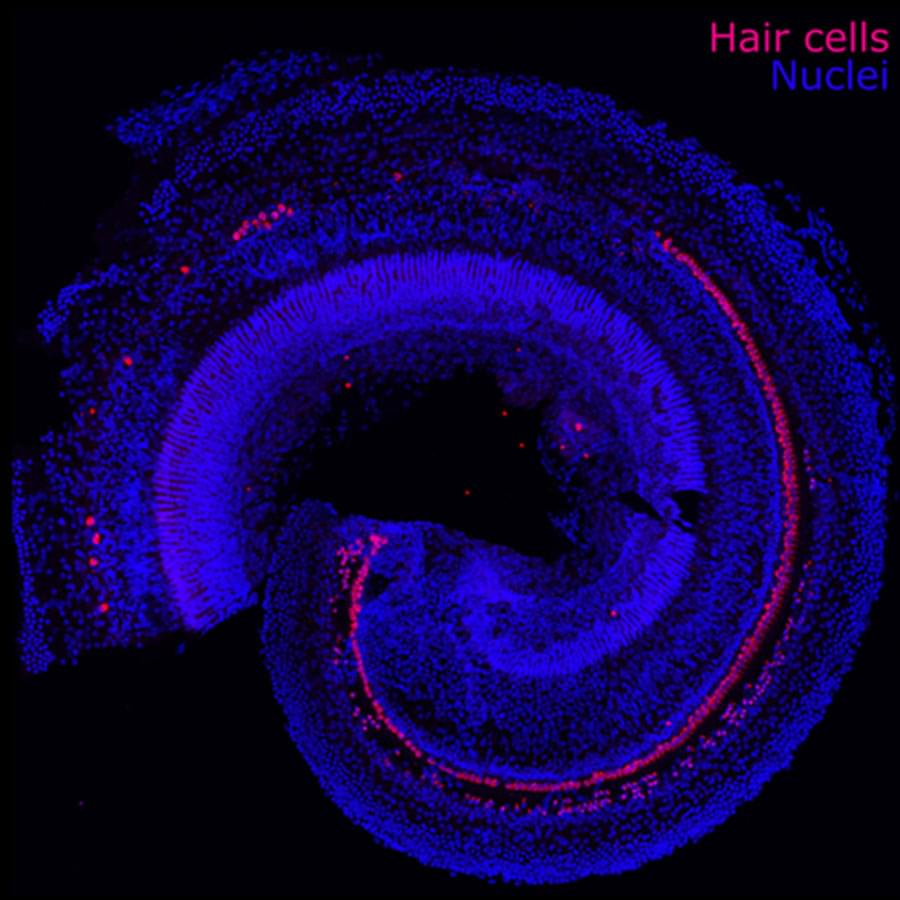
Founded by MIT scientists, the clinical-stage biotech company Frequency Therapeutics discovered a way to reverse hearing loss without hearing aids or implants. Focusing on progenitor cells (which reside in the inner ear and turn into hair cells when humans are in utero, before going dormant) the company injects small molecules into the cochlea, which transform these cells into hair cells that help us hear. During their 200-person trial, the company saw meaningful improvement in patients’ hearing, with some reporting improved speech perception after a single injection that lasted nearly two years. “I wouldn’t be surprised if, in 10 or 15 years, because of the resources being put into this space and the incredible science being done, we can get to the point where [reversing hearing loss] would be similar to Lasik surgery, where you’re in and out in an hour or two,” says Harvard-MIT Health Sciences and Technology affiliate faculty member Jeff Karp. While the drug still needs to undergo further testing, the breakthrough is a hopeful milestone for the field of regenerative medicine. Read more about it at SciTechDaily.
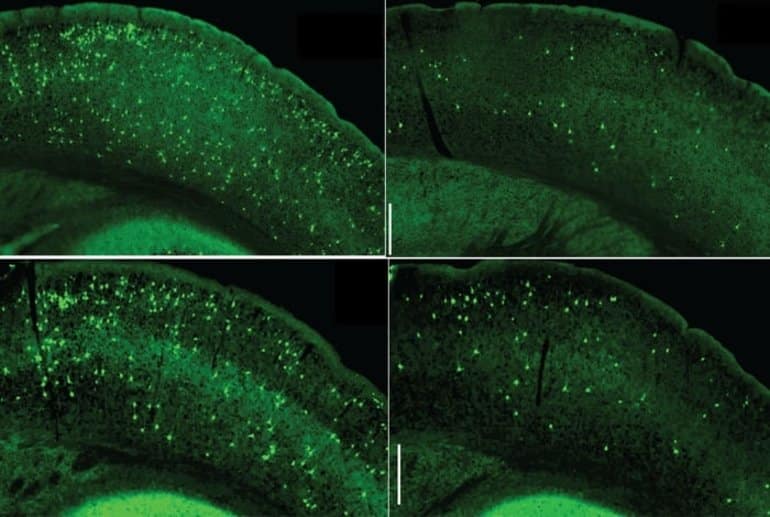
Summary: Tau-tangles trigger the inflammatory activation of microglia via the NF-κB pathway. Inhibiting the microglia NF-κB signaling pulled the immune cells out of their inflammatory state and reversed learning and memory problems in tau-based Alzheimer’s mouse models.
Source: Weill Cornell Medicine.
Inhibiting an important signaling pathway in brain-resident immune cells may calm brain inflammation and thereby slow the disease process in Alzheimer’s and some other neurodegenerative diseases, suggests a study by Weill Cornell Medicine investigators.
This article has been sponsored by Amazon India.
M etaverse has been touted to be the next big thing to bring about a global evolution, not just in technology but in almost every sector.
Something that was considered possible only in Sci-Fi novels, films, series and video games a few years back is now a reality. A convergence of the augmented, physical and virtual reality, Metaverse is a digital world with endless possibilities. In a post-pandemic world that expedited the emergence of virtual spaces, Metaverse provides an opportunity to establish connections through its immersive technologies.
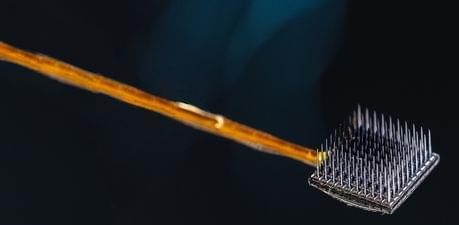
A man left in a completely locked-in state by amyotrophic lateral sclerosis (ALS) has been able to communicate with his family and carers thanks to an implant. The device helped the patient, who was unable to move any muscles or even open his eyes, contact the outside world using only his brain activity.
Rapid neurodegeneration
In the last decade, combinations of brain implants and brain-computer interfaces (BCI) have enabled people with severe brain injuries or neurodegeneration to regain communicative ability. The new study, published in Nature Communications by an international research team, is the first to be used successfully in a patient with such severe neurodegeneration.
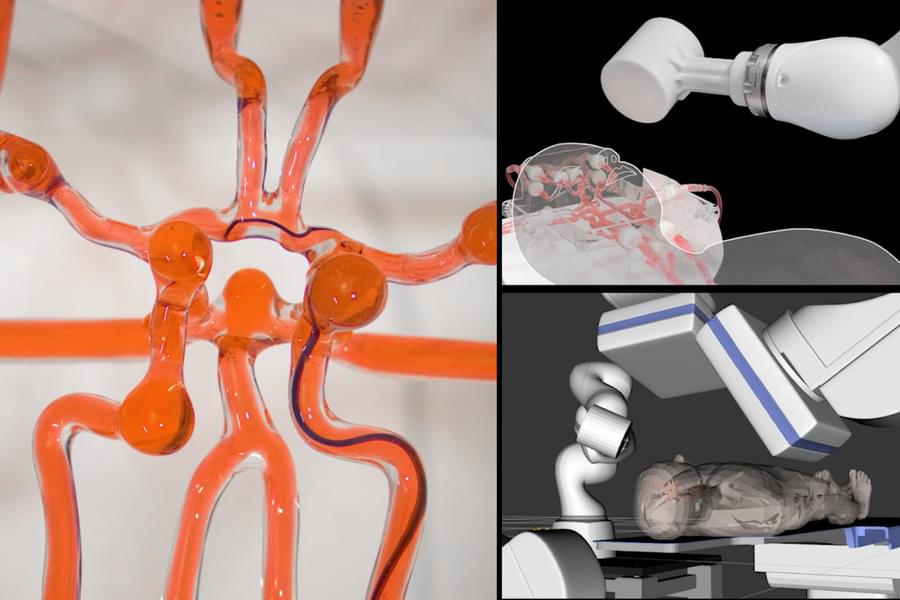
Don’t worry, yes, there are even more Musk machinations, but first let’s broach something a little different — and possibly lifesaving. A team of MIT engineers is developing a telerobotic system for neurosurgeons. It unveiled a robotic arm that doctors can control remotely using a modified joystick to treat stroke patients.
The arm has a magnet attached to its wrist, and surgeons can adjust its orientation to guide a magnetic wire through the patient’s arteries and vessels to remove blood clots in the brain. Like in-person procedures, surgeons will have to rely on live imaging to get to the blood clot, but the machine means they don’t have to be physically with the patient.
There’s a critical time window after someone suffers a stroke to ensure the best chance of recovery. The robot could make treatment possible even if a neurosurgeon is miles away.

Seattle-based longevity biotech YouthBio Therapeutics has emerged from stealth mode, revealing it is working on the development of “gene therapies aimed at epigenetic rejuvenation, particularly with the help of partial reprogramming by Yamanaka factors.” The company boasts some top longevity science talent, with Dr João Pedro de Magalhães serving as its chief scientific officer and Dr Alejandro Ocampo as lead research collaborator.
Longevity. Technology: Cellular reprogramming is hot, hot hot! YouthBio joins a growing list of companies, including Altos Labs, Shift Bioscience and Turn Bio, among others, all aiming to change the course of human health through this exciting, yet early stage, science. Like everyone else, we’ll be watching all the players very closely – where will the first major breakthrough come from?
Cellular reprogramming is the process by which aged cells can be returned to a pluripotent (embryonic-like) state. This process, which can be achieved using Yamanaka factors, also improves the cells’ aging hallmarks. Partial reprogramming means that Yamanaka factors are induced only for short periods, which is not enough to fully change cells beyond a point of no return but is enough to induce rejuvenation.

A brighter future could be in store for people with a spinal cord injury if new animal research pans out in humans.
Mice that were paralyzed due to severe spinal cord damage regained the ability to walk within four weeks of receiving an experimental injectable therapy, say researchers led by Samuel Stupp of Northwestern University in Chicago.
The research team plans to seek U.S. Food and Drug Administration approval for the treatment to be used in people.

The condition stays with you for life once diagnosed, but treatments and specialists can help to manage the condition and its symptoms.
Experts are still unsure exactly what triggers the condition that affects more than 130,000 people in the UK.
According to the MS Society, people are most likely to find out they have MS in their thirties, forties and fifties in Britain, and the condition affects almost three times as many women as men.